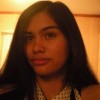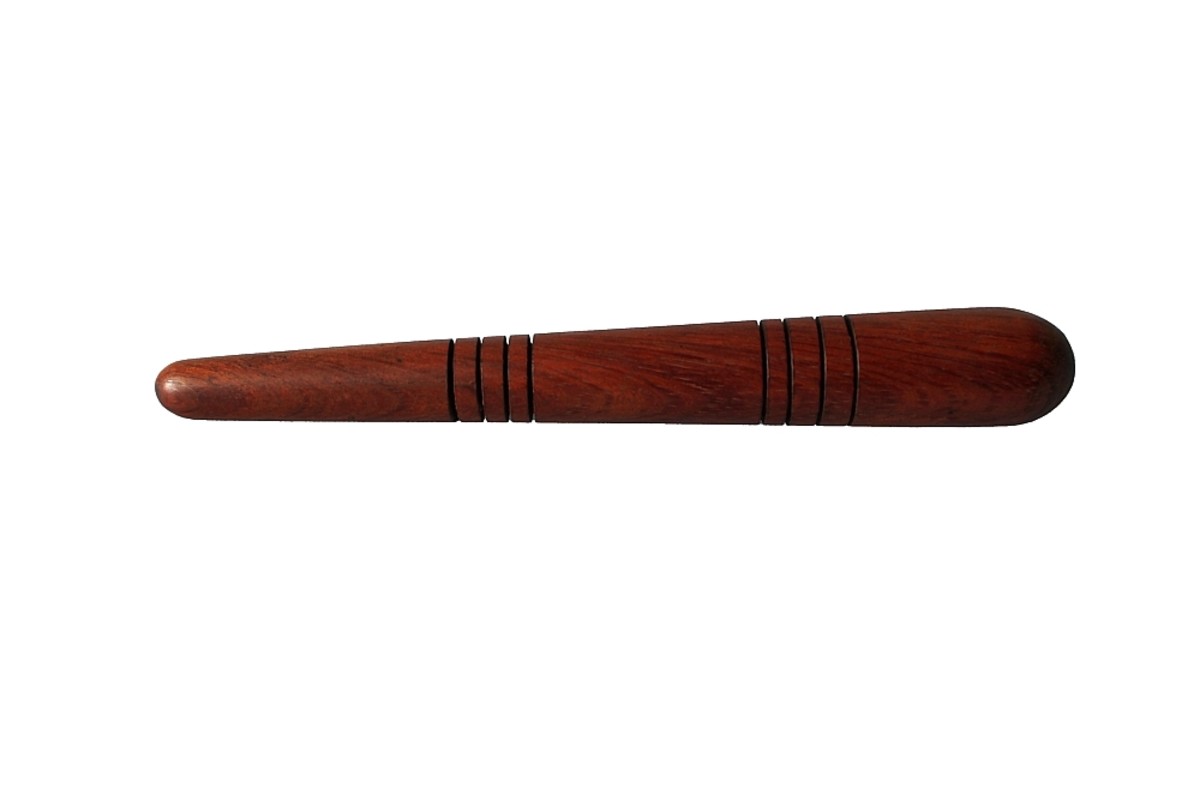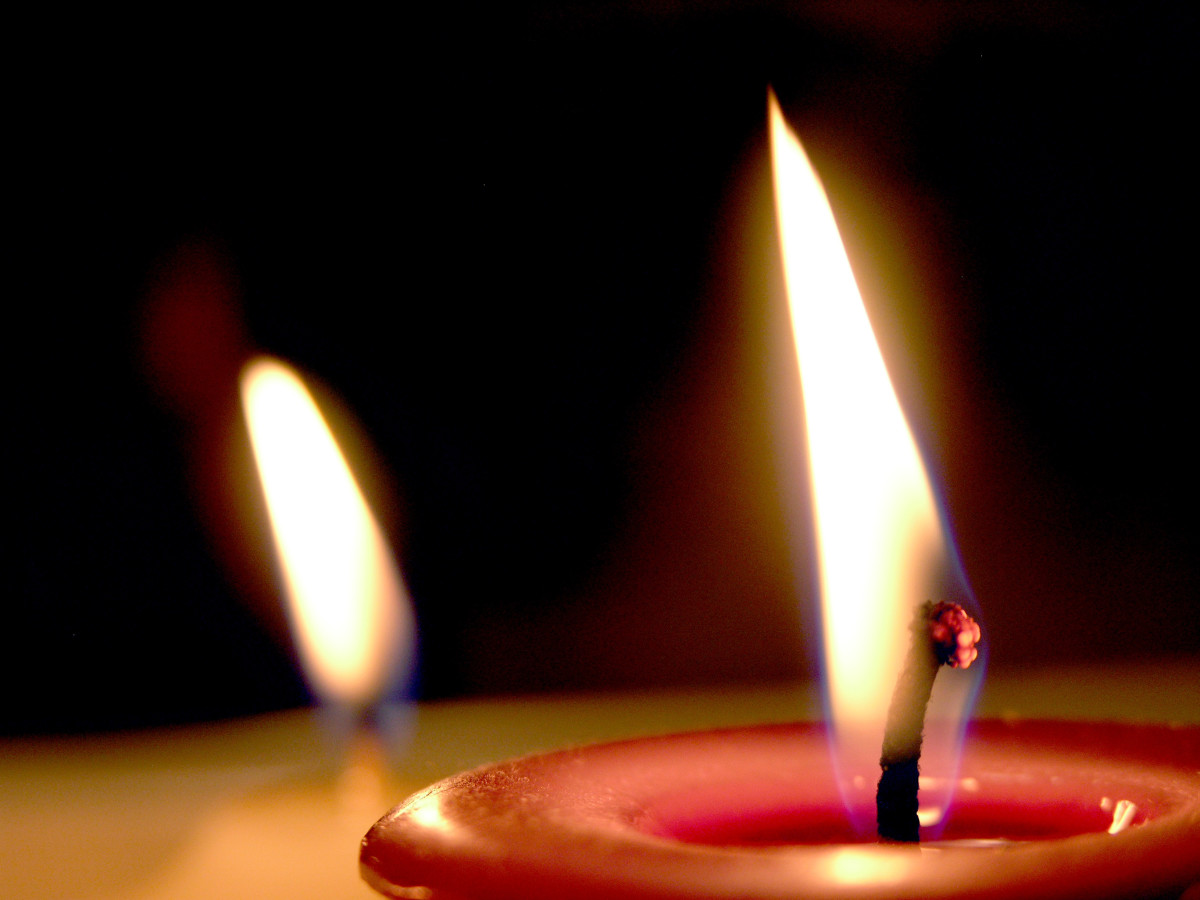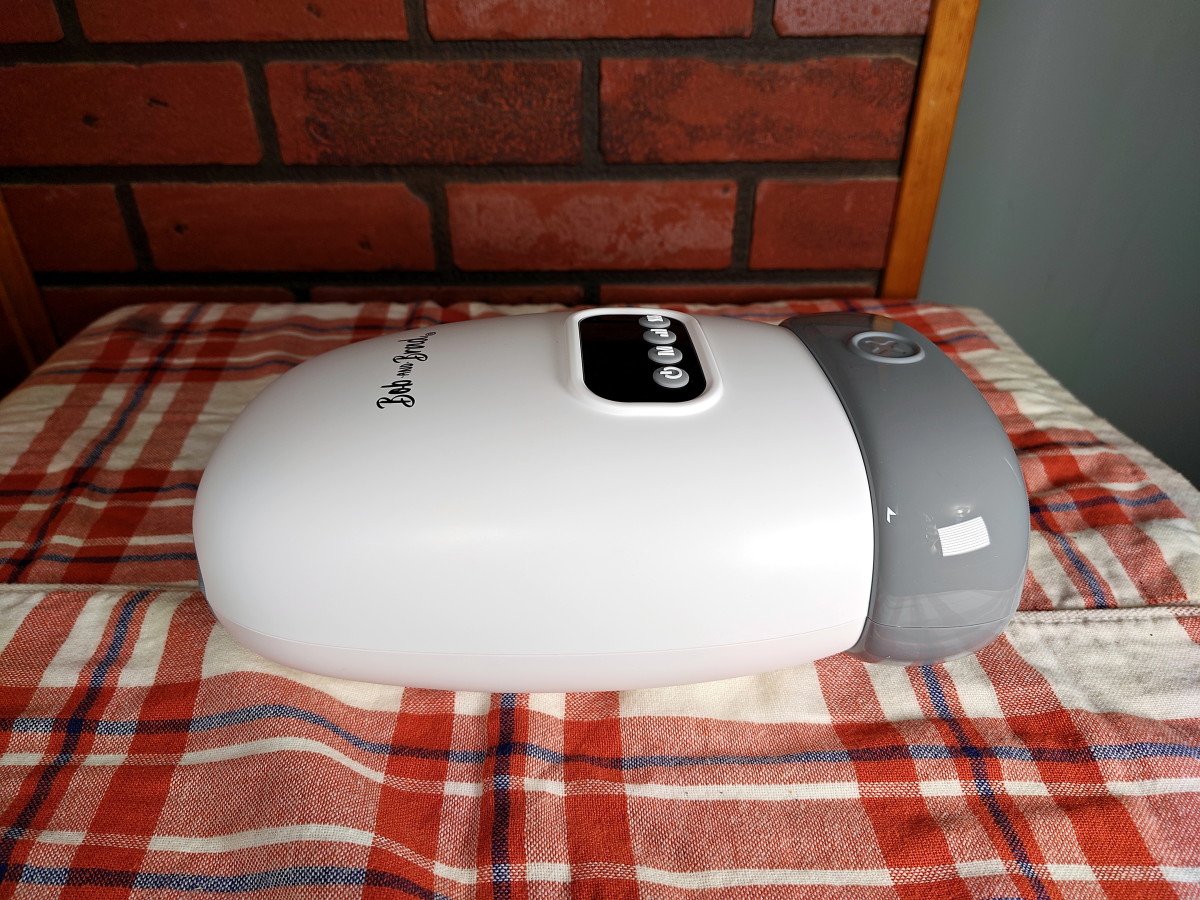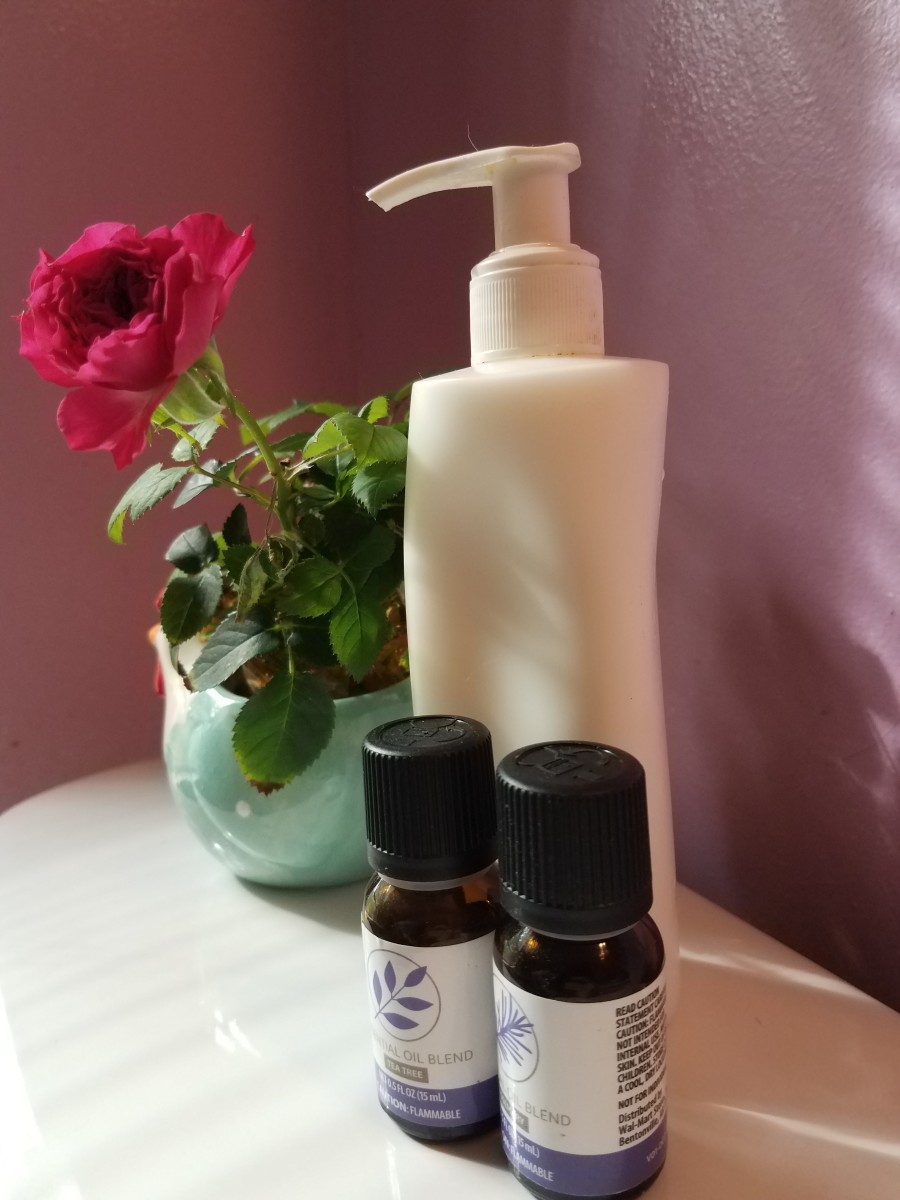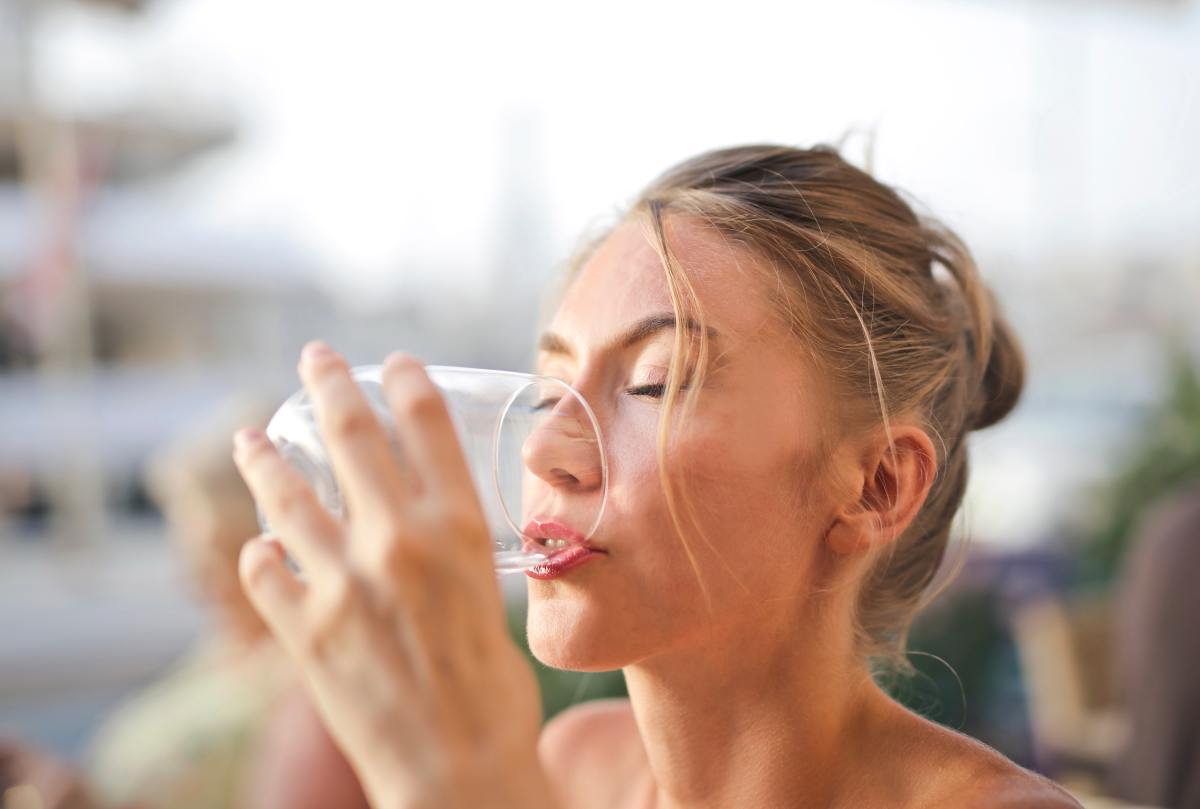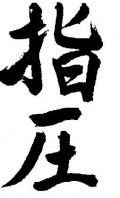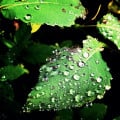The Magic of Massage

It may seem like mission impossible, but we all need to claim some rejuvenating time for ourselves, especially Moms. One way to enjoy "me time" is to run a spa for a relaxing massage. According to Mercy Ong, owner of Mass Therapeutic Optimum or MTO Spa, "while each body is different, diverse massage techniques have different effects on people, any 30-minute massage is sue to reduce stress and help alleviate certain ailments.
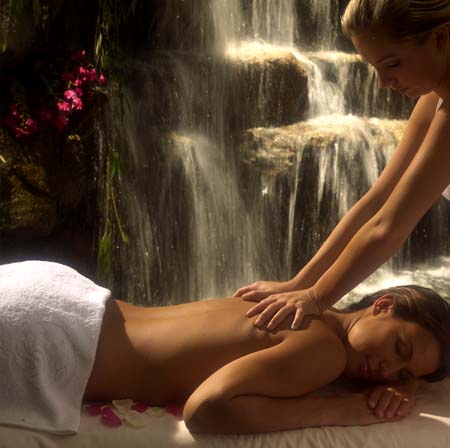

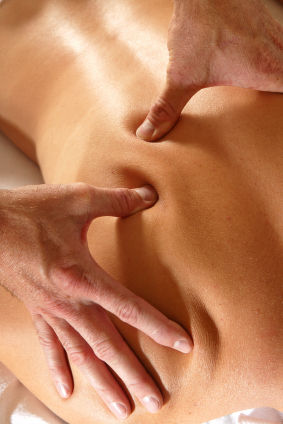
Here are the more common types of massage today:
SWEDISH MASSAGE
- STYLE: Popular among Westerners, this involves gliding, kneading, percussive tapping, shaking and circular rubbing or friction strokes across the back and shoulders going toward the heart.
- OBJECTIVE: To disperse lactic acid in muscles, increase the body's oxygen supply, remove toxins from the muscles and relax soft tissues.
- HOW IT WORKS: Get undressed, use a sheet or towel, you lie face down on a padded table. Different strokes are used, mostly long, smooth and deep sweeps the palm.
- EFFECT: Relieves tension and stress, improves circulation. Deep pressure may burn fat, while stretching may firm skin.
SHIATSU MASSAGE
- STYLE: The finger - pressure technique from Japan calls for holding, pressing and stretching more than a hundred acupuncture points in the body. The masseur's elbows, knees and feet may also add pressure.
- OBJECTIVE: To unblock points situated along pathways called meridians to allow organs and systems representing this meridians to heal.
- HOW IT WORKS: Dress in loose clothing, you lie on a padded mat or low massage table. The therapist applies pressure on specific acupuncture points holding each one for a few seconds. Often, a snap is heard.
- EFFECT: Relieves fatigue, back pain, headache, sinus congestion, constipation and cramps.
THAI MASSAGE
- STYLE: This uses gentle pressing and yoga stretching, using hand, arm, thumb, and foot on body points where energy flows.
- OBJECTIVE: To promote blood and lymph flow to body parts. Like shiatsu, it aims to realign body energies and balance body systems.
- HOW IT WORKS: Fully clothed, you lie on a firm mart or the floor. The therapist stretches your body and mobilizes joints to execute yoga postures. The therapist uses his own body weight to apply pressure for the cobra, half-locust, or butterfly poses. Don't fight the pressure to avoid straining muscles.
- EFFECT: Reduces stress, improves muscular flexibility and range of motion.
REFLEXOLOGY
- STYLE: Stroking and pressure are applied on reflex points of feet or hands, which correspond to internal organs and body systems.
- OBJECTIVE: To improve counterpart organs, send signals that balance the nervous system and release chemicals like endorphins to diminish pains.
- HOW IT WORKS: Fully clothed except for the feet, you sit on a customized reclining chair or massage table. Your therapist identifies tension areas in the feet and applies pressure from toes to heel with lotion or oil.
- EFFECT: Treats stress-related disorders, tensions headaches, insomnia, indigestions, hormonal imbalances,
Safety Reminders:
- Choose a spa with certified practitioners or licensed therapists.
- Avoid direct massage of the spine. Work on the muscles on either side,
- Do not get a massage on a full stomach.
- If you have a heart condition, menstruation, are pregnant, had a recent operation, have blood clots, scars, swelling, infection, painful varicose veins, or other ailments, check with a physician before having a massage.
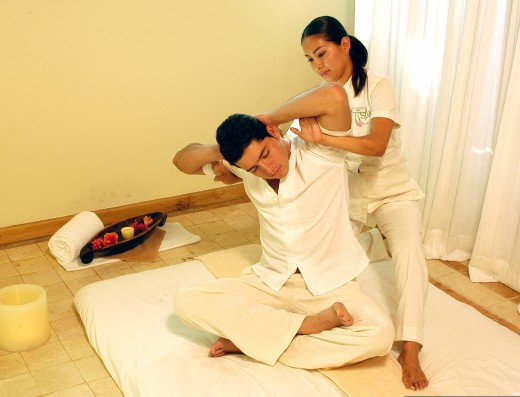
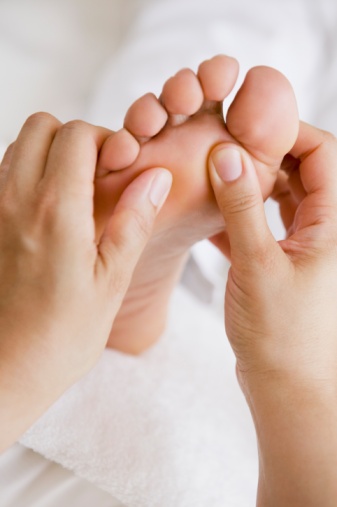
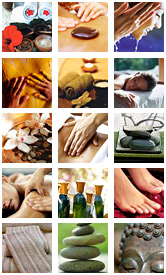
MASSAGE VARIATIONS
Massage therapy has developed so creatively that practitioners today even use stones, water, and scented plants or oils.
- Aromatherapy massage, uses essential oils diluted with base oils from almond, chestnut, sunflower, rose, lemon and other herbal plants and pure flowers. Inhalation of aroma drains lymphatic nodes and detoxifies body.
- In stone therapy, the therapist places hot or cold stones on your back, or holds them while stroking. This is said to be very good for muscle tension.
- Aquatic massage may be good for those with restricted movements caused by arthritis, post-surgical injuries or post pregnancy. Since the body freely experiences motion in water, the therapist can move the body smoothly without causing pain to muslces and joints.
- Spas have come up with innovative marketing strategies and quaintly named services such as Balinese and Ayuverda. Usually the change is in the ambiance, tool or object used in massage, but the strokes are often basic.
Different Strokes
- Gliding: Can be feather-light or firm. Keeping fingers together, glide hands forward along length of body, maintaining contact with the of hand. Start with long, slow strokes using one or both hands. Apply deeper pressure as body warms up.
- Kneading / petrissage: With both hands, hold a fleshy area. Squeeze, roll and knead the area like dough.
- Pulling: Alternating both hands in a pulling motion, stretch and pull muscles of trunks or legs.
- Draining: Using heel of hands (on large areas like thighs) and thumbs (on small areas like calves and forearms), apply light or medium pressure, one hand following the other.
- Friction: With slow, deep strokes, create small circular movements with thumbs and fingers.
- Percussive: This is a combination of hacking (light, bouncy chopping movement), cupping (gentle but rapid up and down movement, palms down and hands cupped), and plucking or pinching (lifting a small fleshy area. then letting it slide through the fingers.)
